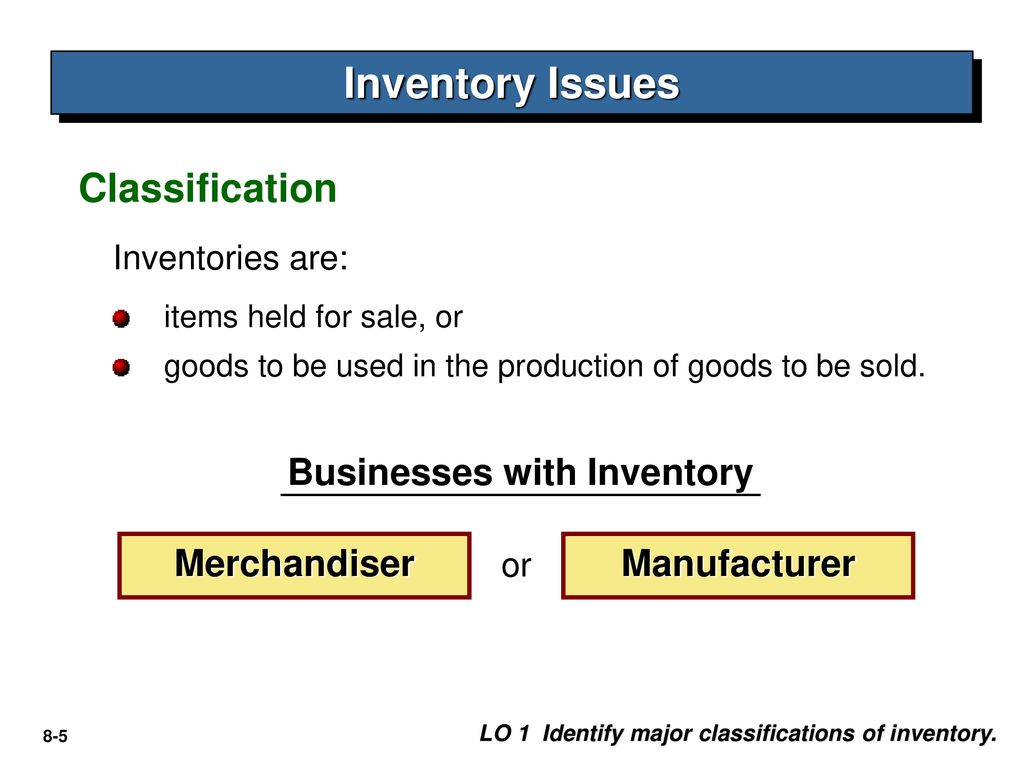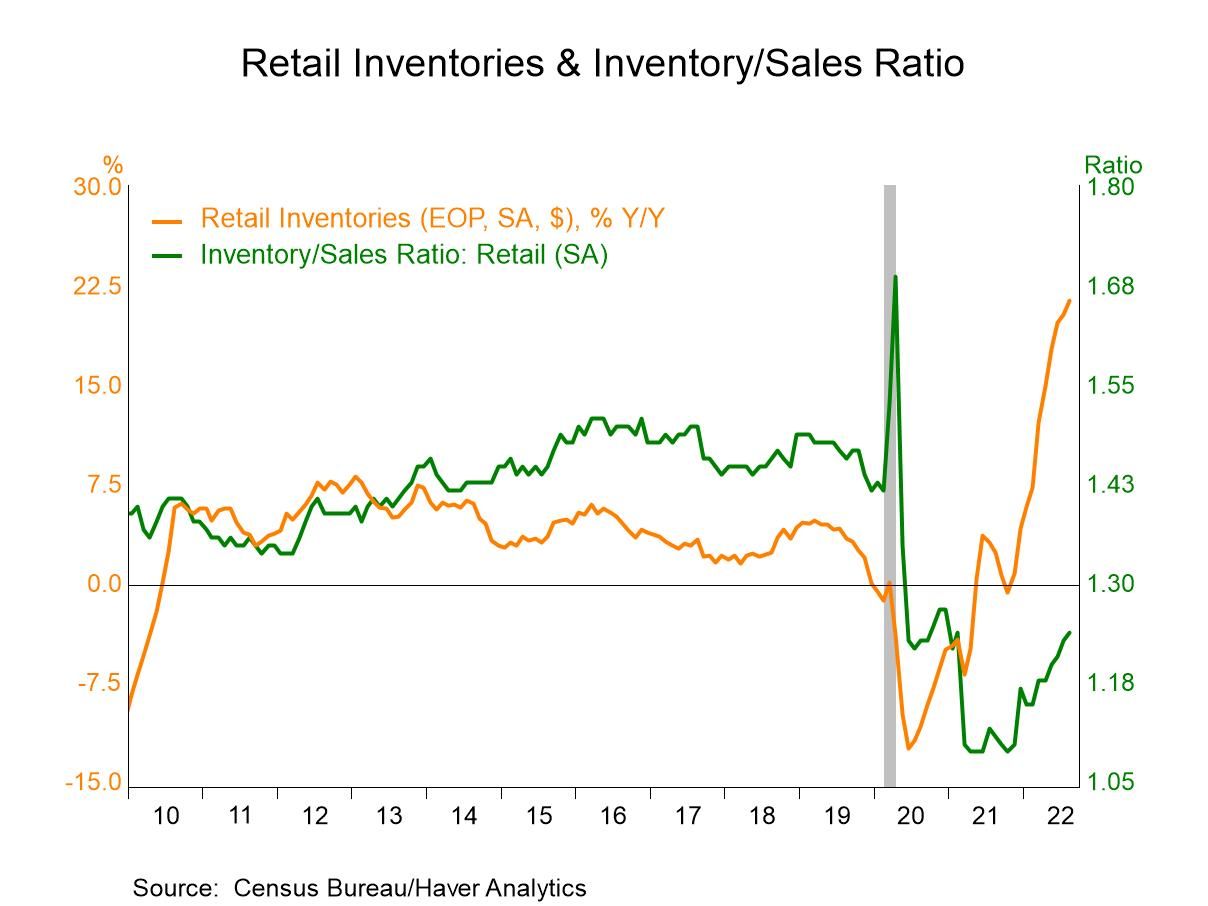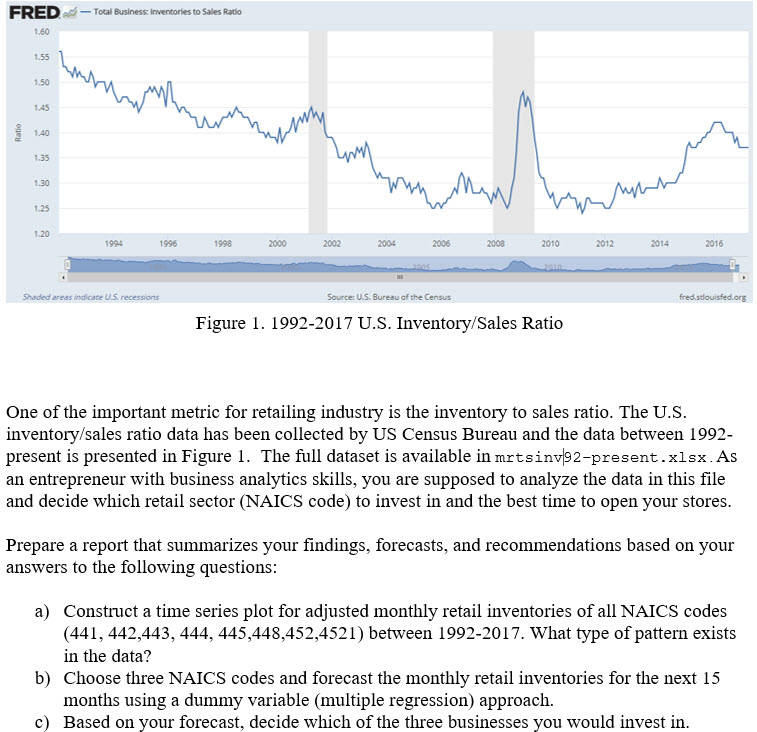Embark on an enlightening journey with business inventories.fred, a comprehensive dataset that unveils the intricate world of business inventory management. Dive into the depths of supply chain dynamics, unraveling the role of inventories and their impact on business performance. This guide will illuminate the complexities of inventory management, empowering you with the knowledge to optimize your strategies and achieve operational excellence.
Prepare to navigate the nuances of inventory measurement, time series analysis, and forecasting techniques. Explore real-world case studies and policy implications, gaining invaluable insights into the art of inventory management. Join us as we unravel the intricacies of business inventories.fred, a treasure trove of knowledge that will transform your understanding of supply chain optimization.
Inventory Management Strategies
Inventory management is a critical aspect of supply chain management, involving the planning, controlling, and monitoring of inventory levels. Effective inventory management helps businesses optimize their inventory levels to meet customer demand while minimizing costs.
Just-in-Time (JIT) Inventory
JIT is an inventory management strategy that aims to minimize inventory levels by receiving goods only when they are needed for production or sale. This strategy reduces inventory carrying costs and improves inventory turnover, but it requires a reliable supply chain and close coordination with suppliers.
Economic Order Quantity (EOQ)
EOQ is an inventory management formula that determines the optimal quantity of inventory to order at a time. EOQ considers factors such as demand, ordering costs, and holding costs to minimize the total inventory costs.
Trade-offs in Inventory Management
Inventory management involves trade-offs between inventory costs and customer service levels. Higher inventory levels can lead to increased storage costs, obsolescence, and spoilage. However, low inventory levels can result in stockouts and lost sales.
Impact on Business Performance
Effective inventory management can positively impact business performance by reducing inventory costs, improving customer satisfaction, and increasing operational efficiency. It can also help businesses respond to changes in demand and market conditions more effectively.
Case Studies and Real-World Examples: Business Inventories.fred

Numerous companies have successfully implemented innovative inventory management strategies to optimize their operations and achieve significant business outcomes.
These case studies provide valuable insights into the challenges, lessons learned, and best practices associated with effective inventory management.
Case Study: Amazon
Amazon, the e-commerce giant, has revolutionized inventory management through its sophisticated systems and innovative approaches.
- Amazon employs advanced algorithms to predict demand and optimize inventory levels.
- The company utilizes a network of fulfillment centers to ensure fast and efficient delivery.
- Amazon’s inventory management strategy has enabled it to achieve high levels of customer satisfaction and operational efficiency.
Case Study: Toyota, Business inventories.fred
Toyota, the renowned automaker, is known for its Just-in-Time (JIT) inventory management system.
- JIT minimizes inventory waste by delivering components to the assembly line only when needed.
- This approach reduces storage costs and improves production efficiency.
- Toyota’s JIT system has been widely adopted by other manufacturers and has become an industry benchmark.
Forecasting Business Inventories

Forecasting business inventories involves predicting future inventory levels to optimize stock management and prevent shortages or surpluses. Various forecasting techniques are employed, each with its strengths and limitations.
Forecasting methods consider historical data, market trends, and other relevant factors to make informed predictions. However, forecasting remains challenging due to factors like demand fluctuations, supply chain disruptions, and economic uncertainties.
Forecasting Techniques
- Time Series Analysis:Extrapolates historical data patterns to forecast future values. Methods include moving averages, exponential smoothing, and ARIMA models.
- Regression Analysis:Establishes relationships between inventory levels and independent variables like sales, production, or economic indicators.
- Causal Modeling:Identifies and quantifies the cause-and-effect relationships influencing inventory levels, allowing for more accurate forecasting.
- Judgmental Forecasting:Relies on expert opinions and insights to predict future inventory needs, often used when historical data is limited or unreliable.
- Machine Learning Algorithms:Advanced algorithms like neural networks and decision trees can learn complex patterns in inventory data and make predictions.
| Forecasting Method | Advantages | Limitations |
|---|---|---|
| Time Series Analysis | Simple to implement, requires minimal data | Assumes historical patterns will continue |
| Regression Analysis | Captures relationships between variables | Requires strong correlations, may overfit data |
| Causal Modeling | Provides insights into underlying factors | Complex to implement, requires detailed data |
| Judgmental Forecasting | Leverages expert knowledge | Can be biased, relies on subjective estimates |
| Machine Learning Algorithms | Can handle complex data and non-linear relationships | Requires large datasets, can be computationally expensive |
Policy Implications

Government policies, both fiscal and monetary, can have a significant impact on business inventories. Fiscal policy, which involves government spending and taxation, can affect the overall level of economic activity and thus the demand for goods and services. Monetary policy, which involves the management of interest rates and the money supply, can affect the cost of holding inventories and thus the optimal level of inventory.
Inventories can play an important role in economic stabilization. By holding inventories, businesses can help to smooth out fluctuations in demand. This can help to prevent shortages during periods of high demand and surpluses during periods of low demand. Inventories can also help to reduce the impact of supply shocks, such as natural disasters or disruptions to trade.
Policy Recommendations
There are a number of policy recommendations that can be made to optimize inventory levels. These include:
- Using fiscal policy to promote stable economic growth.
- Using monetary policy to keep interest rates low and stable.
- Providing tax incentives for businesses to hold inventories.
- Investing in infrastructure to improve the efficiency of the supply chain.
- Promoting trade liberalization to reduce the risk of supply disruptions.
Ultimate Conclusion

As we conclude our exploration of business inventories.fred, let us reflect on the profound impact inventory management has on business success. By embracing data-driven strategies and leveraging the insights provided by this invaluable dataset, organizations can unlock the full potential of their supply chains.
Remember, inventory management is not merely about stockpiling goods; it is a delicate dance between customer satisfaction, operational efficiency, and financial performance. As you continue your journey in inventory management, may this guide serve as a constant companion, empowering you to make informed decisions and achieve inventory optimization.
FAQ Explained
What is the purpose of business inventories.fred?
business inventories.fred provides a comprehensive dataset on business inventories, enabling users to analyze inventory trends, identify patterns, and make informed decisions regarding inventory management.
How is business inventories.fred data collected?
The data in business inventories.fred is primarily sourced from the U.S. Census Bureau’s Monthly Manufacturing Survey and Annual Survey of Manufactures.
What types of inventories are included in business inventories.fred?
business inventories.fred includes data on raw materials, work-in-progress, and finished goods inventories.
How can I use business inventories.fred to improve my inventory management?
By analyzing the data in business inventories.fred, you can identify trends, seasonality, and cyclical patterns in inventory levels. This information can help you optimize your inventory management strategies and reduce costs.